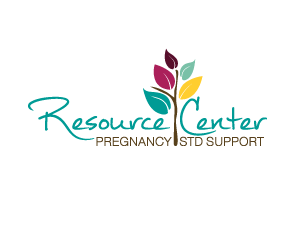I have already been tested for Chlamydia and Gonorrhea. Do I really need to get tested again? And if so, when?
Yes, if…
- You are entering a new sexual relationship.
If you are starting a new sexual relationship, you want to make sure that both of you are on the same page. Being open and honest with one another is best. Also, make sure that both of you are ready and understand what it will mean to start a sexual relationship.
- You do not have one exclusive partner.
Sex with multiple partners equals more exposure. If your partner has sex with other partners, then your sexual risk grows greatly.
- You are a sexually active woman under 25 years old.
The CDC recommends testing for chlamydia and gonorrhea once a year for women that fall into this demographic. More frequent testing may be recommended based on sexual activity choices.
- You are a sexually active gay or bisexual man.
Testing at least once a year for sexually active gay or bisexual men is recommended by the CDC. You may need more frequent testing depending on sexual decisions.
- You tested positive for Chlamydia or Gonorrhea.
After being treated for an STD, the CDC recommends that you be tested again after three months to make sure the treatment was successful. The three months waiting period is recommended because you can get a false-positive before then due to the continued presence of nonviable organisms.
- Call us today at 970.353.2673 to schedule an appointment for FREE STD testing/treatment
References/Resources:
STD Screening Recommendations – 2015 STD Treatment Guidelines. Centers for Disease Control and Prevention. https://www.cdc.gov/std/tg2015/screening-recommendations.htm. Published June 4, 2015. Accessed December 11, 2020.
Which STD Tests Should I Get? Centers for Disease Control and Prevention. https://www.cdc.gov/std/prevention/screeningreccs.htm. Published June 30, 2014. Accessed December 11, 2020.




